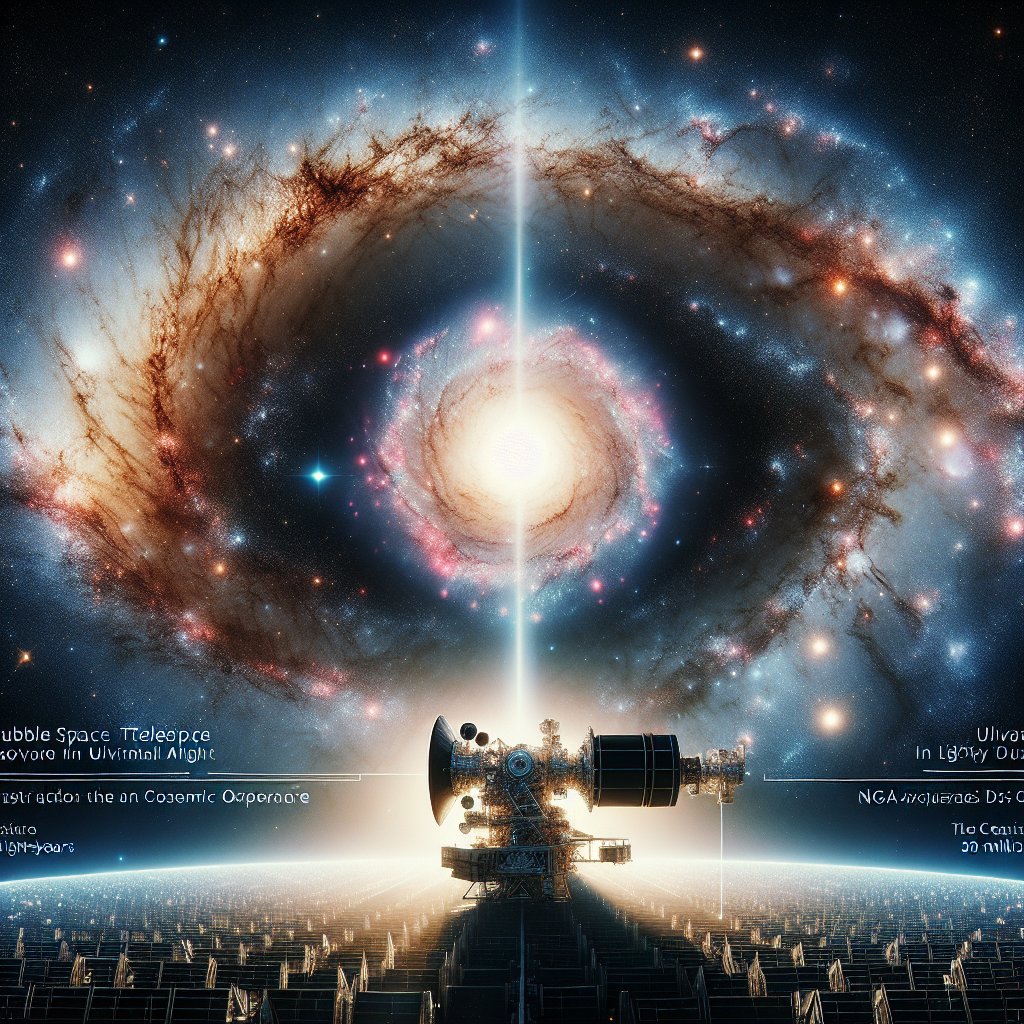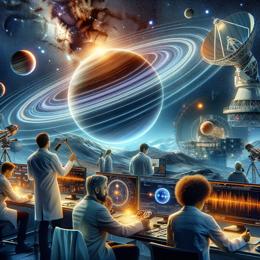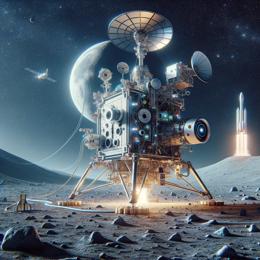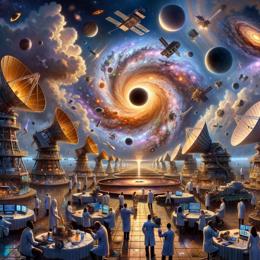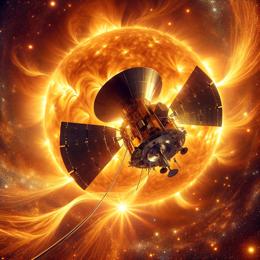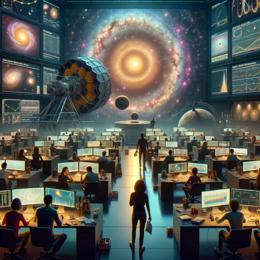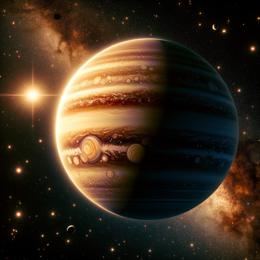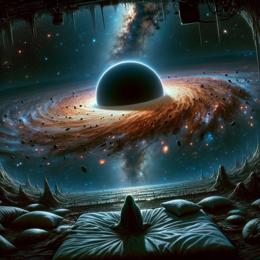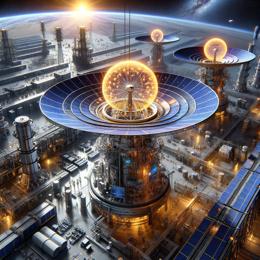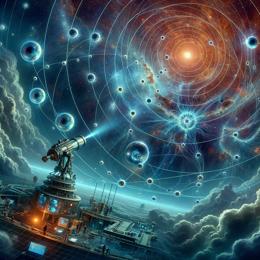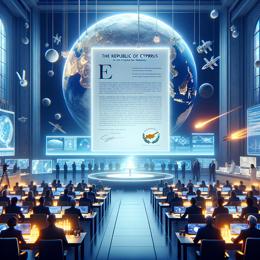Image created by AI
Hubble Telescope's New Frontier: Calculating Distances to Cosmic Spectacles
In the relentless quest to unravel the mysteries of the cosmos, the NASA/ESA Hubble Space Telescope has once again proven its worth as an indispensable tool in the field of astrophysics. Tasked with the formidable challenge of measuring intergalactic distances, Hubble's high-resolution gaze recently turned towards the galaxy NGC 3810, home to a Type Ia supernova witnessed in 2022.
Determining the distances to celestial bodies beyond the scope of our solar system requires employing indirect methods. Type Ia supernovae serve as one such cosmic yardstick. With the known intrinsic luminosity of these celestial explosions, astronomers are able to gauge distances by comparing their expected brightness to their observed luminosity — a method known as the "standard candle" approach.
However, translating the brilliance of these phenomena into accurate distance measurements is not without its complications. One of the primary hurdles astronomers face is the presence of intergalactic dust, which can obscure the light emanating from a supernova. In its 2023 observations, the Hubble Space Telescope expertly navigated this challenge.
The advanced capabilities of Hubble allow for the comparison of light from supernovae in two distinct wavelengths: ultraviolet, which is majorly blocked by dust, and infrared, which slices through cosmic dust with minimal attenuation. These observations are crucial, as they enable astronomers to quantify the dust interference, correct the supernova’s observed brightness accordingly, and refine the distance estimate with precision.
Exemplifying this method, Hubble's observation of the Type Ia supernova in NGC 3810 utilized the telescope’s adeptness in capturing both ultraviolet and infrared light — allowing astronomers to peg the galaxy at about 50 million light-years away, by blending this data with alternative methodologies like the rotation speed-brightness relation of galaxies.
This exceptional capability of the Hubble Space Telescope — to observe with such detail and across a spectrum of wavelengths — underscores its role as an ideal instrument in the realm of deep-space observation and distance calculation, enriching our comprehension of the universe's expansive scale.
The NGC 3810 supernova serves as a testament to the power of science and technology in peering deeper into the void, bringing distant galaxies into sharper focus, and edging us closer to the profound truths of our existence amidst the stars.
